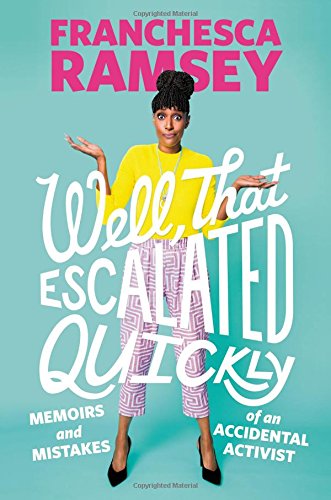When the iconic television show “Sex and the City” premiered on HBO back in 1998, it was groundbreaking. It followed four career women in Manhattan as they traversed the world of love, sex, friendship, and careers. “Sex and the City” made cosmopolitans the must-have drink and gave us terms like “funky spunk,” “frenemy,” and “he’s just not that into you.” Those like me, who live in flyover country, learned about Magnolia cupcakes and the perfect Manolo Blahnik stilettoes. At times, brazen, bawdy, and over the top, “Sex and the City” entertained countless women (and some men-mostly gay). We took quizzes to find out if we were a “Carrie,” “Samantha,” “Miranda” or “Charlotte.” We were either Team Mr. Big or Team Aiden. And maybe if our lives didn’t exactly mirror the dames of “Sex and the City,” we reveled in these ladies’ adventures and adored their girl power friendship. We also salivated of the fashion and the sights of Manhattan.
But before “Sex and the City” was a television show, it was a book, written by The New York Observer columnist, Candace Bushnell. Considering it is the 25th anniversary since “Sex and the City” debuted, and its sequel “And Just Like That” wrapped up its second season, I decided to finally read the book that started it all back in 1996.
Bushnell, who was a glamorous girl-about-town and writer, wrote about the sex lives of people she knew from 1994-1996. In this book, you will find some familiar names-Carrie, Miranda, Samantha, Charlotte, Stanford Blatch, and yes, Mr. Big. However, most of them don’t work in the same careers the characters and after reading Sex and the City, aren’t nearly as compelling as those on the show.
For the most part, the people Bushnell writes about in Sex and the City are rather unlikeable. Sure, on the show Carrie worked my last nerve with her self-absorption and obsession with Mr. Big. But I kept in mind Carrie Bradshaw was just a fictional character. For the most part, I got wrapped up on the story lines of the television show, actually caring about the adventures of Carrie, Samantha, Charlotte, and Miranda. Even when they bugged me, I still was interested in their lives and I adored the friendship among these four women.
But in the book version of Sex and the City everyone is so shallow obsessed with status, materialism, and getting laid. And according to Bushnell, these stories were based on real people in her rarified orbit of wealthy Manhattanites. I didn’t like any of the people she wrote about, and while reading Sex and the City, I wondered how the creators of the TV show give us a program that was a critical and commercial hit and was on HBO for six years. I just couldn’t give a rat’s ass about any of the people Bushnell writes about in Sex and the City. When I wasn’t finding them frivolous and abhorrent (there is a lot of girl-on-girl hate in this book), I was finding them totally forgettable. And I finished the book rather depressed and completely unimpressed. I didn’t find it hilarious and fascinating as the blurbs on the cover claim. I guess I expected more considering I loved the show so much. Perhaps it’s a good thing I never read Sex and the City until now because I’m sure if I did, I would have never watched and enjoyed the show.









